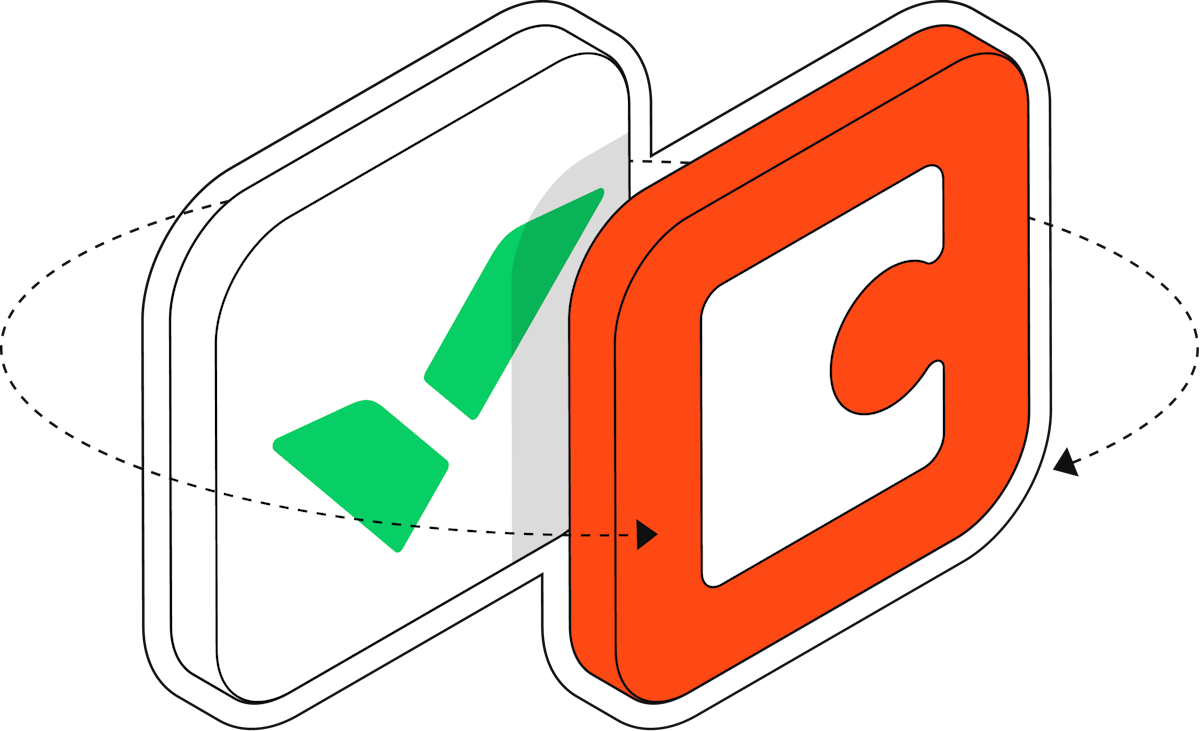Coda vs Wrike: Creating a project plan
What to consider when choosing the best tool for your team.


Jordan Milner
Solutions Architect at Coda
Tool consolidation · 6 min read
Coda vs Wrike for project planning: An overview.
While both platforms can be (and are!) used for effective project planning, they have some differences. Wrike’s interface, for instance, is folder-based and table-based—a more “traditional” project management layout. Coda’s, on the other hand, is document-based (think Microsoft Word or Google Doc on steroids), and supports multiple content formats such as tables, graphs, spreadsheets, and more. Both Wrike and Coda come with templates for project planning and related functions, so you don’t need to start from scratch. Wrike’s template library focuses on specific project planning tasks, while Coda’s is more broad, encompassing everything from team brainstorms to OKR tracking to roadmap prioritization. Coda and Wrike can both import data from other tools. In Wrike, this typically requires some coding know-how and manual data imports. However, Wrike includes a handful of out-of-the-box integrations to help make this process easier. In Coda, you can choose from over 500 Packs to easily connect to the tools you use. You can integrate Coda with tools like Snowflake, Salesforce, and Jira to import and sync the data you need to keep your project on track.Tools of the project planning trade.
If your job includes project management responsibilities, you likely rely on Gantt charts, workback schedules, and a variety of reports. Let's compare how these work in Wrike vs Coda.Gantt charts.
A Gantt chart provides a visual, time-based representation of what’s due and when. In Coda, we call it a timeline. Gantt charts can only be accessed with a paid subscription to Wrike, while Coda’s free plan includes timelines (Gantt charts). In both Wrike and Coda, you can use Gantt charts to create, manage, and communicate project tasks and timelines. Both tools enable you to create dependencies and milestones, reschedule tasks from inside the Gantt chart itself, and share with your entire team. In Coda, it’s easy to get started. You can either type /timeline into the doc canvas or create a timeline view of an existing table. You can even create separate views of the timeline for different preferences. For example, you might want to filter or group by task owner or by workstream. Setting custom working days and holidays is simple, and they're automatically reflected in your Gantt chart, too.Workback templates.
A workback schedule is a planning method that involves starting with a fixed deadline for a project and working your way backward in aligning the necessary steps to reach that deadline. Platforms like Wrike and Coda make this process easy and help teams mitigate risk, avoid stress, and stay aligned. Wrike currently offers a workback template so you can get started quickly. Wrike’s calendar view is also a good option for building a solid workback schedule foundation, bringing together key dates, assignees, and timeframes. Teams using Coda often combine their workback plan with decision docs, which often expose gaps in the planning process. Creating a workback schedule that’s both achievable and ambitious requires a high degree of team alignment, and this is where Coda really shines, with templates for exercises like $100 Voting, decision matrices, and the popular Dory/Pulse sentiment tracker, to help you determine task priority and which milestones should go where.Reporting.
Reports make your team’s data and progress digestible and easy to track visually, summarizing what you’ve completed and what you’re still working on. In Wrike, detailed reporting is available on the Business, Enterprise, and Pinnacle plans, providing robust capabilities, including both table-based reporting and visual dashboards, and the ability to automatically update data. The platform offers several pre-built report templates, and paid customers can pull in data and other content from other tools. However, some common project management-related reports (Project Status, for instance) will soon be walled off within a separate product: Wrike Analyze. That means an extra bill for teams that want to continue using these reports and functionality. And if Wrike doesn’t offer a specific report, you’ll have to turn to external tools to hack together a workaround, which can add both hassle and cost. Coda’s reporting functionality is equally powerful, and integrating third-party app data is simple via Packs. With connected tables and views that let people visualize the same data in their preferred way, you can put an end to copy-pasting and ensure everyone is looking at up-to-date, accurate data. If the type of report or view you’re looking for doesn’t exist in Coda (an unlikely situation), you can create your own directly within the Coda platform, rather than rely on outside tools.Make project planning easier with the right tool(s).
Both Wrike and Coda are robust, popular project management tools that help teams stay on track even during the chaos of a major initiative. It’s worth noting, however, that Wrike is developing new features within a parallel BI and advanced reporting product called Wrike Analyze. At Coda, you have access to your data within your own workspace and don’t need external solutions or exports to get the reporting job done. No matter which tool you use, be sure it keeps your team aligned, clearly communicates task and milestone status, and prevents critical project items from falling through the cracks. Coda checks all of those boxes and can put you on the road to project planning success.Related posts
Explore more stories about the tools you use.












